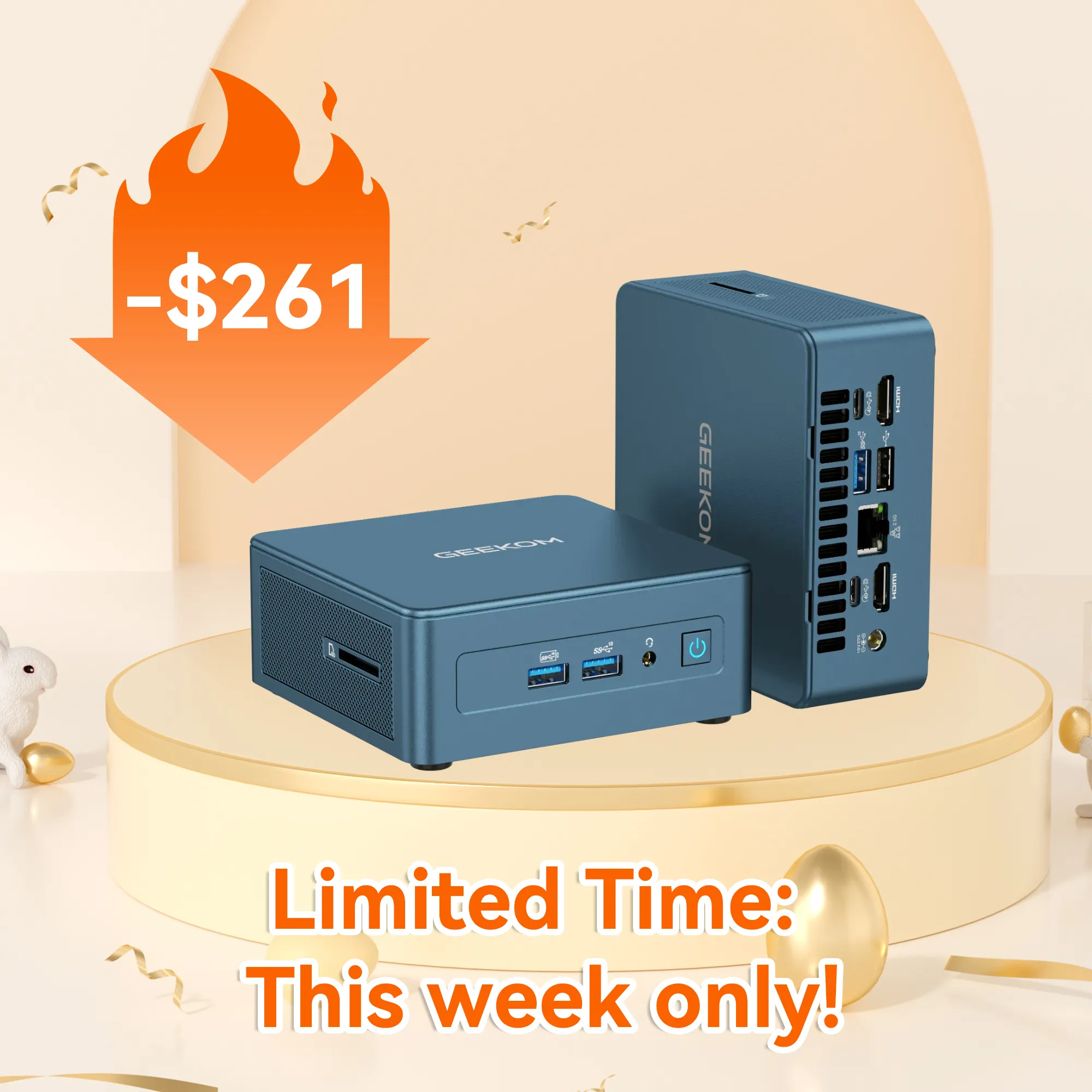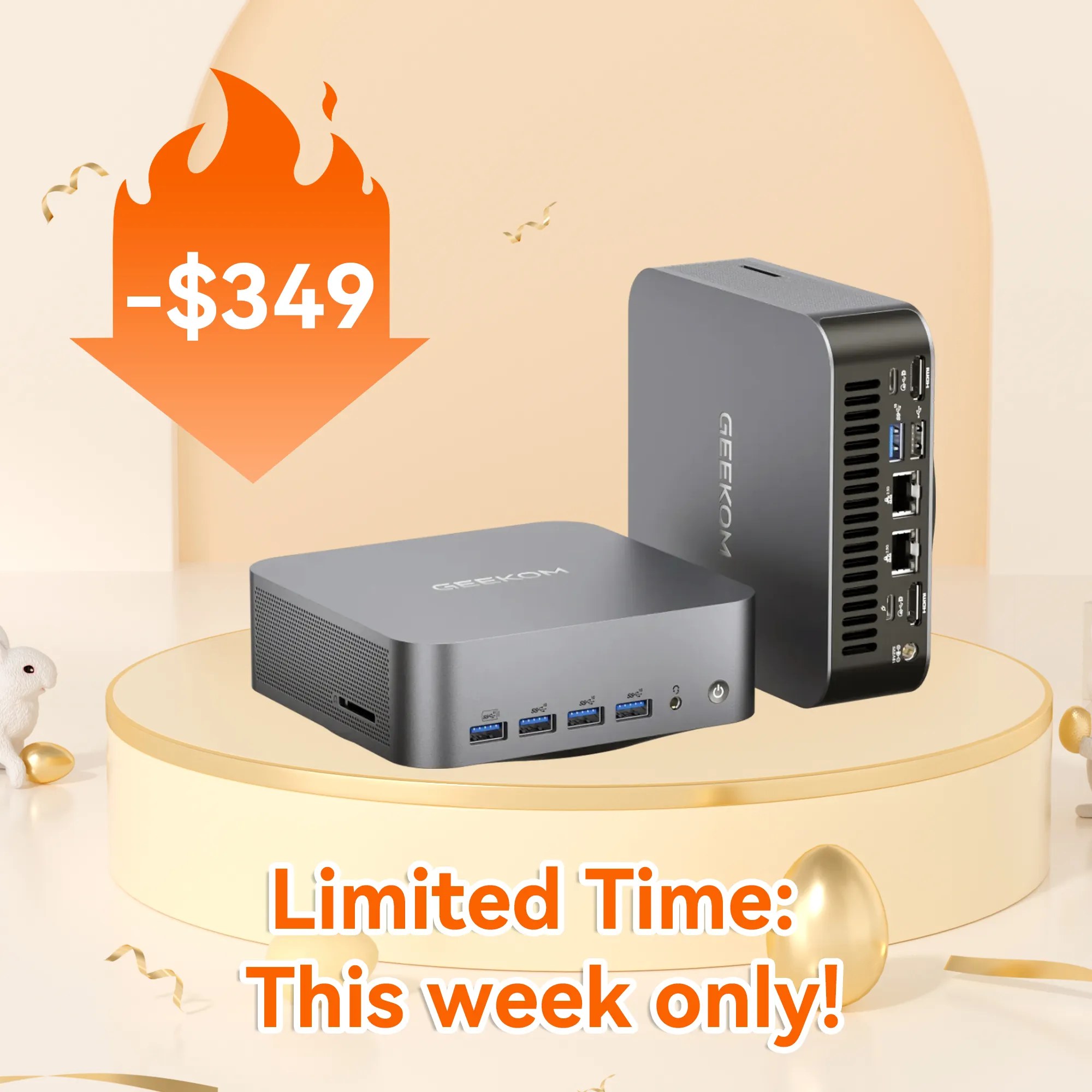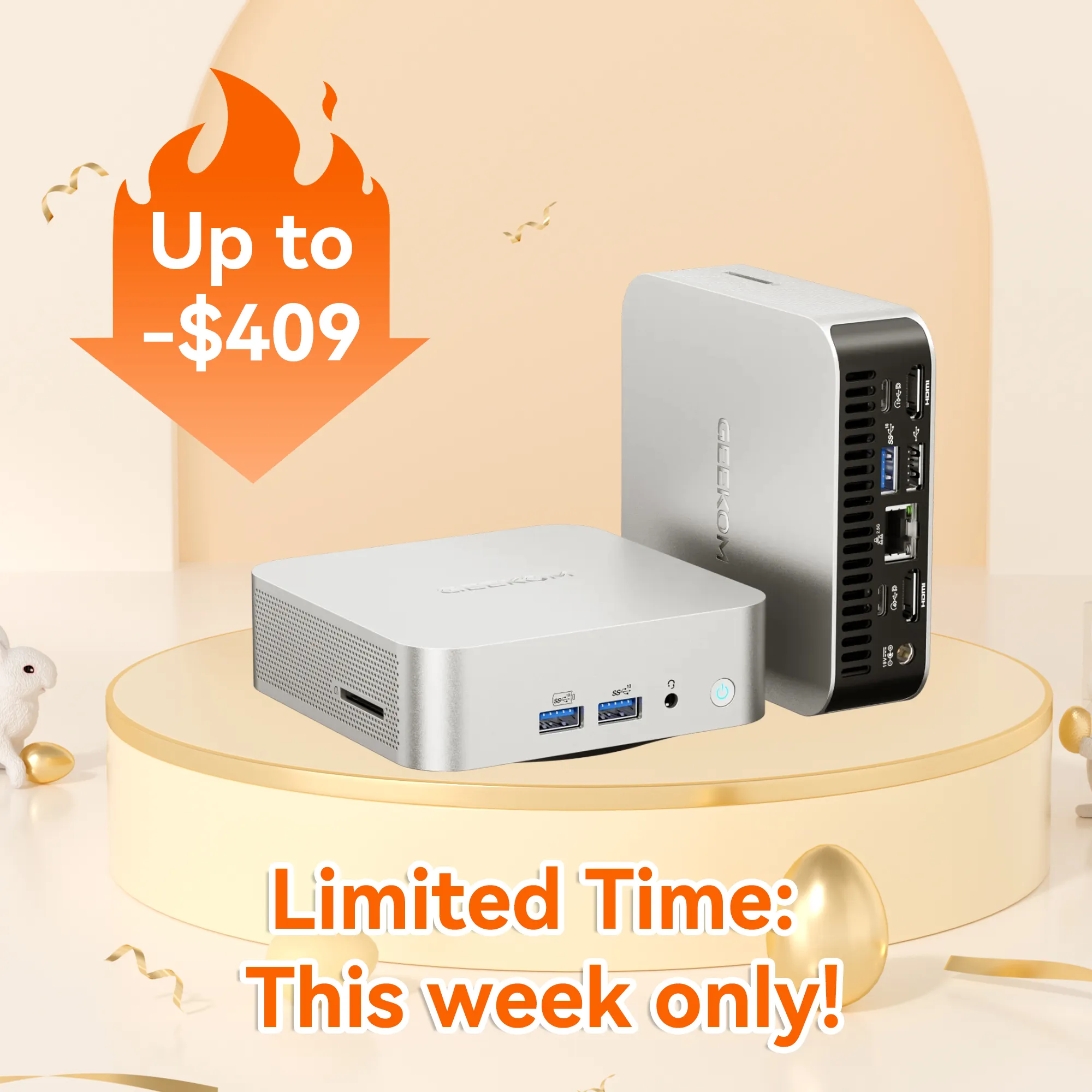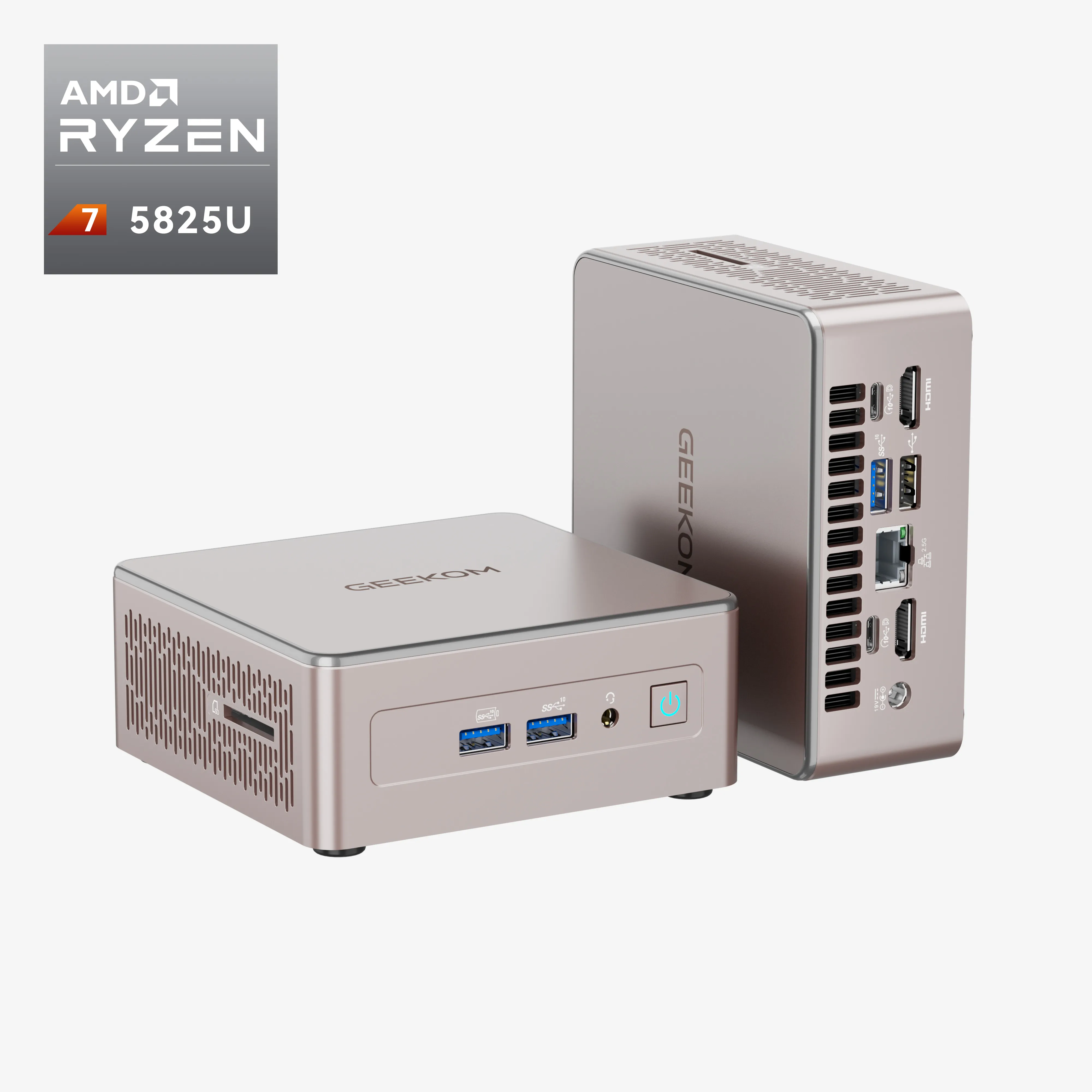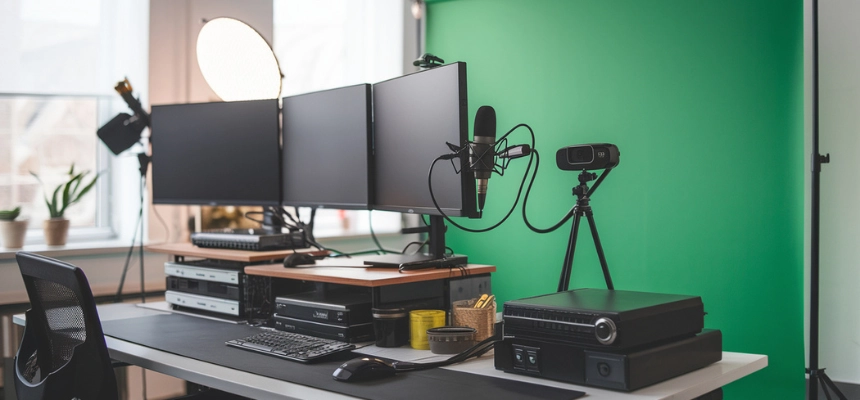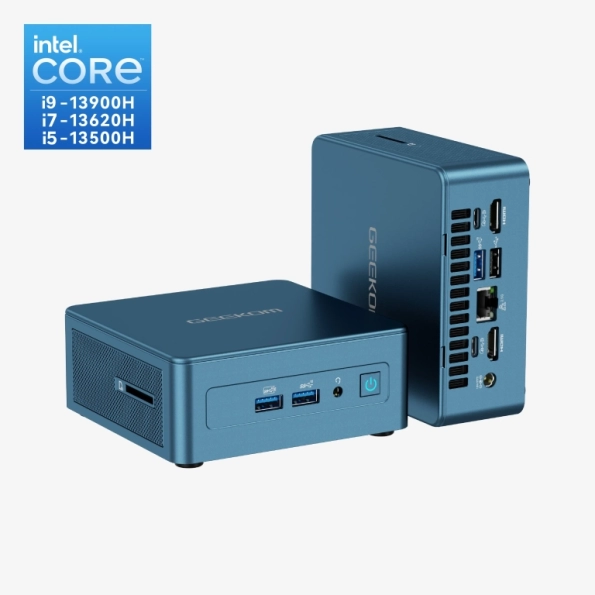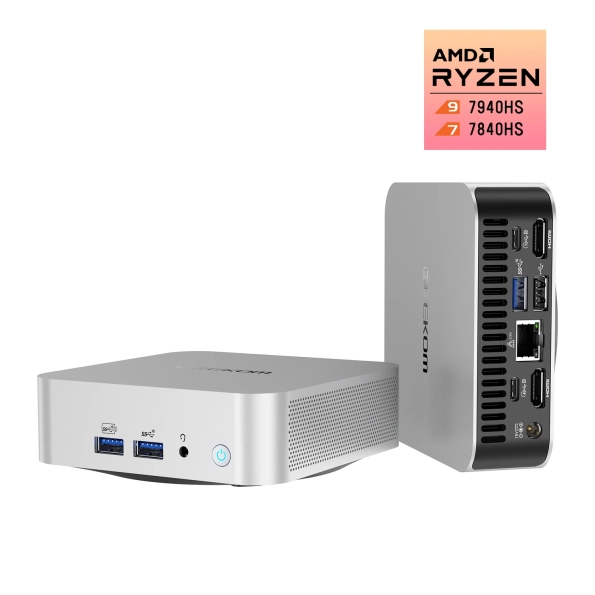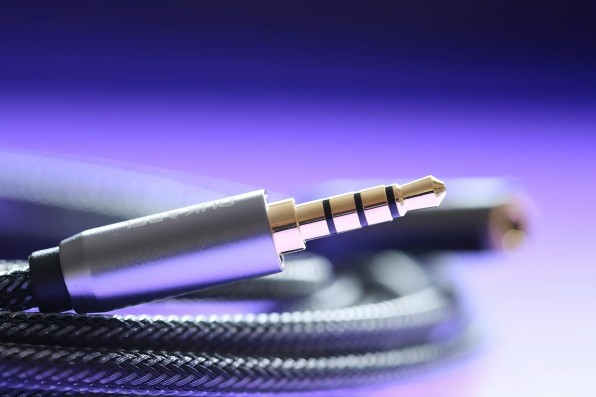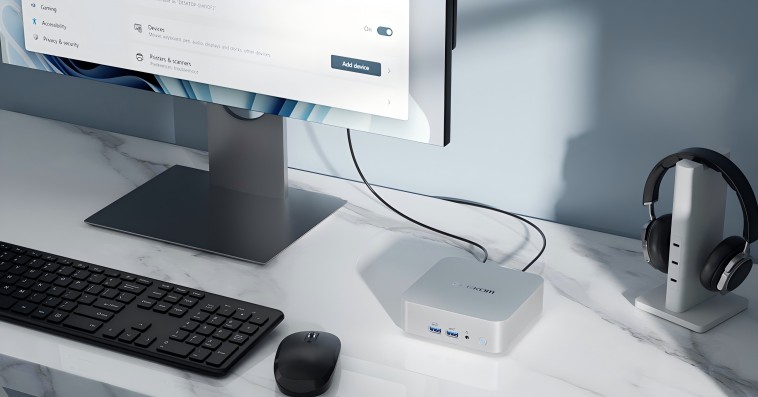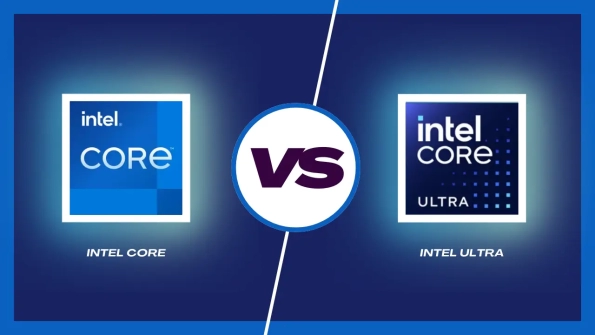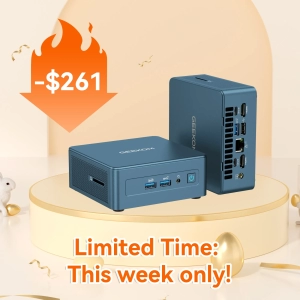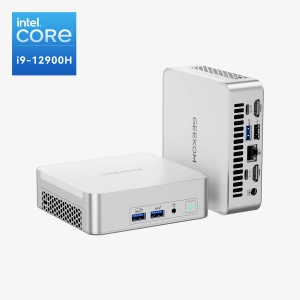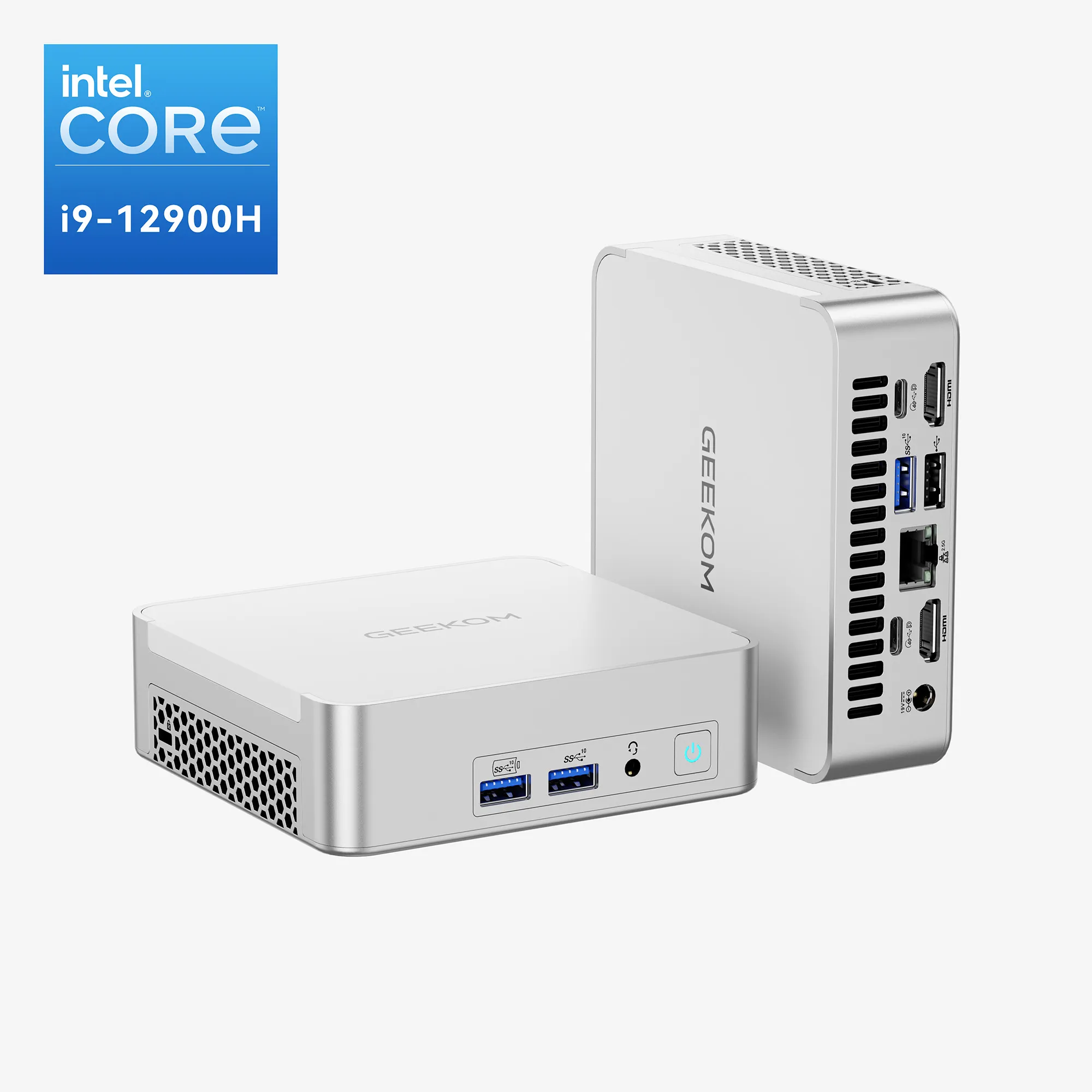Introduction
YouTubers, vloggers, and digital artists are content creators with an increased demand for high-performance, compact PCs. They need machines that can run software and programs on a whole different level, like video editing systems or graphic design suites, since there are more sophisticated projects these days. Traditional desktop computers are limited in terms of their usability because they take up too much space while serving only one purpose. This is why the majority of them choose to use special types of PCs called creative workstations or mini PCs for video editing.
A compact yet powerful machine designed for content creation can make all the difference in a creator’s workflow. There must be this machine that is rich in terms of speed and quality pictures so that one can get involved in editing work without any problems. Hence, rather than anywhere else, these machines need to be carried from one point to another all along, being in a case that is not big.
This article will take readers through the major aspects one should take into consideration when buying any workstation or mini PC dedicated to creation. For example, we will recommend several good models that you may need as a graphic designer or video editor, amongst others, hence aiding them in identifying the right machine that will see them realise their creative dreams.
Why Content Creators Need Powerful Workstations
Among the most hardware-intensive activities, pushing even high-end systems to their limits, are tasks like video editing, graphic design, and other content creation tasks that include all the above. For such tasks, powerful processing units are required together with advanced graphical capabilities and also vast amounts of storage so that the projects can run smoothly without lagging behind or even experiencing downtimes for as little time as possible, even under heavy loads.
Video editing software needs a robust CPU for successful operation because it can handle such complex processes as encoding videos and images into different formats or rendering them at once while still running multiple applications on one computer. Consequently, you need a mixer requiring a powerful processing unit that will run several applications like colour grading, video rendering, and the application of visual effects simultaneously. For instance, a design workstation or video editing PC that does not lag when many things are done at the same time commonly has Intel Core i7/i9 or AMD Ryzen multicore processors inside.
In addition, another important aspect that should be considered during the buying of a computer for a content creator is the graphic capabilities of the system. Creating things on screen, like in 3D, editing 4K videos, or even processing high-resolution images, requires heavy graphics card support. In a real-time viewing mode, designers who don’t have a powerful dedicated GPU experience slow previews with complex animation due to slow rendering speed associated with insufficient graphics support level. They will also face impossible playback because of poor-quality renderings; thus, such challenges threaten their creativity. While creators don’t need a dedicated video processing machine, having a system with strong GPU performance is essential for handling complex visual tasks.
Finally, let’s talk about storage systems before moving on to mini PCs specifically designed for designers. Large project files, such as raw video footage or high-resolution graphics, need large memory sizes for storing them without taking too long to read/write on the disk itself. In this regard, solid-state drives are the best option since they permit extremely quick access times for huge media files. In addition to the SSD storage offering quick access speed, the configuration of the design laptop will most likely include external drives used for storing heavier data or creating backups.
Mini PCs for content creators perfectly encapsulate all these features within a compact form factor that takes up minimal floor space. These mini PCs occupy little room on desks, unlike conventional desktops, and can be easily moved around; this fact makes them ideal for small-scale studio work as well as mobile setups. Therefore, specialized mini PCs enable video editors to have a fast-performing machine without sacrificing space; hence, they are good for individuals who require a powerful but flexible creative environment.
Key Features to Look for in a Creative Workstation or Mini PC
To be able to perform tasks using a creative workstation or mini PC, content creators should look at some key principles when selecting them.
Some of the important qualities that should be considered include Powerful processing: To create a video, manipulate pictures, and draw digital art, among other activities, you need to have several programs operating at the same time. As a result, there is a need to have a fairly good processor that will deliver each needed operation without slowing down the other ones.
Therefore, artists like painters as well as 3D modelers usually employ a Central Processing Unit (CPU) with Intel Core i7 or Core i9, AMD Ryzen 7 or Ryzen 9 because it is multitasking capable and runs on multiple commercial designing software for creating personal accommodation works, while authors’ hands are also involved in many book but short stories writing through the same applications; here, these are worth sticking with since they can quickly handle large projects to ensure less frequent render pauses are experienced.
This means that when working on large projects in general, workstations fitted with powerful CPUs have an advantage over others using less capable ones, especially if huge workflows have to be processed.
Memory: Memory and storage are crucial components of a Mini PC system. RAM (Random Access Memory) determines how many programs can run simultaneously without conflicts, while storage capacity defines how much data you can store at any given time.
During standard program operation, one needs not less than 16 GB of RAM for consistent graphics work or any other graphic-intensive processing tasks on their device, while sometimes more may be needed for extreme alternate workflows.
Thus, huge media files would require huge amounts of RAM for their management, besides numerous editing layers, as well as a fast transition between apps, especially on small PCs for home use.
Portability and size: where people have small space or move away much, designers would be beneficiaries of low-profile workstations. These portable workstations, therefore, provide both flexibility and better performance, making it possible for users to work from anywhere without affecting their productivity.
After putting all this into consideration, creators can find their suitable creative workstation or mini PC.
Best Mini PCs and Workstations for Content Creators
There are some mini PC models and workstations that are great for content creators, with a balance between performance and price variation. These choices are perfect for those who are starting and those who have gained experience while having functions that assist in tasks such as digital media production, graphic design, and video editing.
For Beginners: GEEKOM Mini IT13
The GEEKOM Mini IT13 is a fine selection for beginners, including emerging YouTubers and vloggers who need a reliable yet pocket-friendly mini PC for video editing. This mini PC is packed with great processing power that suits simple to intermediate video editing and graphic design works, given its 13th Gen Intel® CoreTM i9-13900H or i7-13620H chip powering it. For instance, the Intel® Iris® Xe Graphics in the i9 model and the imaging Intel® UHD Graphics in the i7 model are enough to do basic HD video editing as well as multitasking using creative software.
★★★★★ ( 4.9 Based on 80 reviews)
- 13th Gen Intel® Core™ i9-13900H, i7-13620H, i5-13500H
- Intel® Iris® Xe Graphics for i9-13900H, Intel® UHD Graphics for i7-13620H & i5-13500H.
- Comprehensive port selection, including two USB 4 ports.
- Supports up to 8K and quad displays.
- 2.5G Ethernet, Intel® Bluetooth® 5.2 and Wi-Fi 6E.
For instance, this GEEKOM mini offers different display options through which creators can follow up with multiple screens or high-resolution footage as they see fit since it can also host up to quad displays and 8K resolution all at once as it has 2 USB 4 ports, which are essential for quick data transfer as well as seamless external devices’ connectivity such as hard disks or even 4K screens. Moreover, the mini PC comes with 2.5G Ethernet, Intel Bluetooth 5.2, and Wi-Fi 6E, making it suitable for fast and stable connections when uploading content or working online in collaboration.
For Professionals: GEEKOM A7
This is a powerful option for advanced designers as well as IT specialists who need creative workstations that can work on complex projects because the Geekom a7 turns out to be this. The mini PC comes loaded with an AMD RadeonTM 780M graphics processor and an AMD RyzenTM 9 7940HS processor, hence enabling it to handle heavy tasks like high-resolution video editing, 3D rendering, and graphic design, among other uses that would require fast processors and huge RAM size. Content creators will appreciate its high-speed dual-channel DDR5 memory, which goes up to 64GB, meaning a lot of multitasking while running resource-intensive applications, thus making it suitable for those who look forward to buying the best graphic design PC.
In addition to that, the GEEKOM A7 also has an M.2 2280 PCIe 4.0 x4 SSD with a storage capacity that ranges from 512GB up to 2TB, thereby facilitating quick project loading as well as providing enough space for saving large media files. Furthermore, this model enables cloud storage access and online collaboration through 2.5G Ethernet, Bluetooth® 5.2, and Wi-Fi 6E, so one does not need to worry about slow internet connections when working on online projects. Its 0.47L aluminium housing is both lightweight and durable, with a simple design that enables it to be placed anywhere without consuming much space.
★★★★★ ( 4.9 Based on 80 reviews)
- AMD Ryzen™ 9 7940HS.
- AMD Radeon™ Graphics 780M.
- Dual-channel DDR5 5600MT/s, up to 64GB.
- M.2 2280 PCIe 4.0 ×4 SSD, up to 2TB.
- 2.5G Ethernet, Wi-Fi 6E, Bluetooth® 5.2.
- Stunning minimalistic design. 0.47L aluminium housing.
Benefits of Choosing a Mini PC for Content Creation
Among content creators, mini PCs have numerous advantages, especially concerning saving space, reducing costs and having higher upgradeability. As a result, they become the best option for those who require high-performance but not bulky or costly workstations.
Space-Saving
Mini PCs are much smaller than traditional desktop computers; hence, they can fit any small place within your house or office room depending on the amount of space available, making them ideal solutions for creators who seek an uncluttered environment to work on videos or design images. In addition, these computers may not occupy much room but still contain good processing power, which makes them appropriate for professional artists needing small working surfaces. Minus: Sometimes, a mini PC is too ideal for your design station without even disturbing about changing to workstations because such GEEKOM products have styles that are plain but eye-catching and might give your working space a touch of class.
Cost-Efficiency
Mini-PCs are usually more pocket-friendly than full-size workstations; this is good news, especially for budding artists who require very powerful computers but cannot afford them. Despite being small in size and selling at lower prices, these gadgets have everything required in them; hence, they use fast processors, good GPUs, and enough storage space too. It has been possible to create machines that are fast enough for creative tasks using miniaturization as opposed to the huge construction costs associated with traditional workstations. Hence, they enable beginner and intermediate artists to access powerful tools at a fraction of the cost of buying conventional systems.
Versatility and Upgradeability
On the other hand, mini-PCs provide creators with flexibility and modularity; hence, they can modify their systems depending on what they require. Aside from this, most of them are designed for future upgrades where you can add memory (RAM), hard disks, and sometimes new graphics cards—so-called GPU updateable variants. This way, one would start by acquiring necessary components only, as such systems are costly, and then gradually improve them over time as the workload increases. This kind of scalability is particularly important for any content creator who may require more storage or processing power as their project becomes sublime.
In conclusion, mini PCs provide An optimal combination of saving space design. Cutting down costs, and adaptability. Thus creating an environment for expensive performance that adjusts according to the personal preferences and needs of consumers.
Tips for Optimizing Your Mini PC for Content Creation
Storage Optimization
To maintain efficiency in a system as a content creator with huge media documents, storage control is essential. For raw footage or completed projects, external SSDs or cloud storage help free up space on the main drive, thereby providing fast file access and increasing system smoothness. They also allow for high-speed data transfer, enabling access to large files more quickly than would be possible using the internal disk only.
Regular Maintenance
You must take care of your mini PC so that it can last longer and continue working well. For example, updating drivers regularly (especially graphics and chipsets) will enable them to work better together with creative software, hence improving the stability of the whole system. Moreover, from time to time, cleaning inside parts (with compressed air, for example) helps prevent dust from accumulating, which in turn may cause overheating, making such systems less efficient, particularly during heavy task processing.
Software Compatibility
Being able to run famous video editors and drawing tool programs is very important, therefore, in mini PCs that you use for creating videos or pictures. Adobe Premiere and Photoshop, among other industry-standard software, require enough processor speed, memory (RAM) space, and video card memory capacity that be good at rendering images. This will avoid any slowdowns experienced while operating on said programs, besides minimizing software complexity-related issues connected with RAM shortages.
Conclusion
Finally, content creation productivity and creativity are noticeably increased through the acquisition of a mini PC or creative workstation that has been adjusted to suit an individual creator. Whether you are a beginner looking for a cheap video editing PC or a well-versed creator with a graphic design PC, you need to get a machine that would meet your unique requirements. You must take into consideration such things as processing power, graphics card capabilities, storage capacity, and ease of mobility when looking for suitable equipment that will help you simplify work processes, thereby aiding in developing imaginative concepts. Exercise due diligence and you will have a new mini-PC that acts as an instrument in materializing your thoughts through powerful editing programs.



